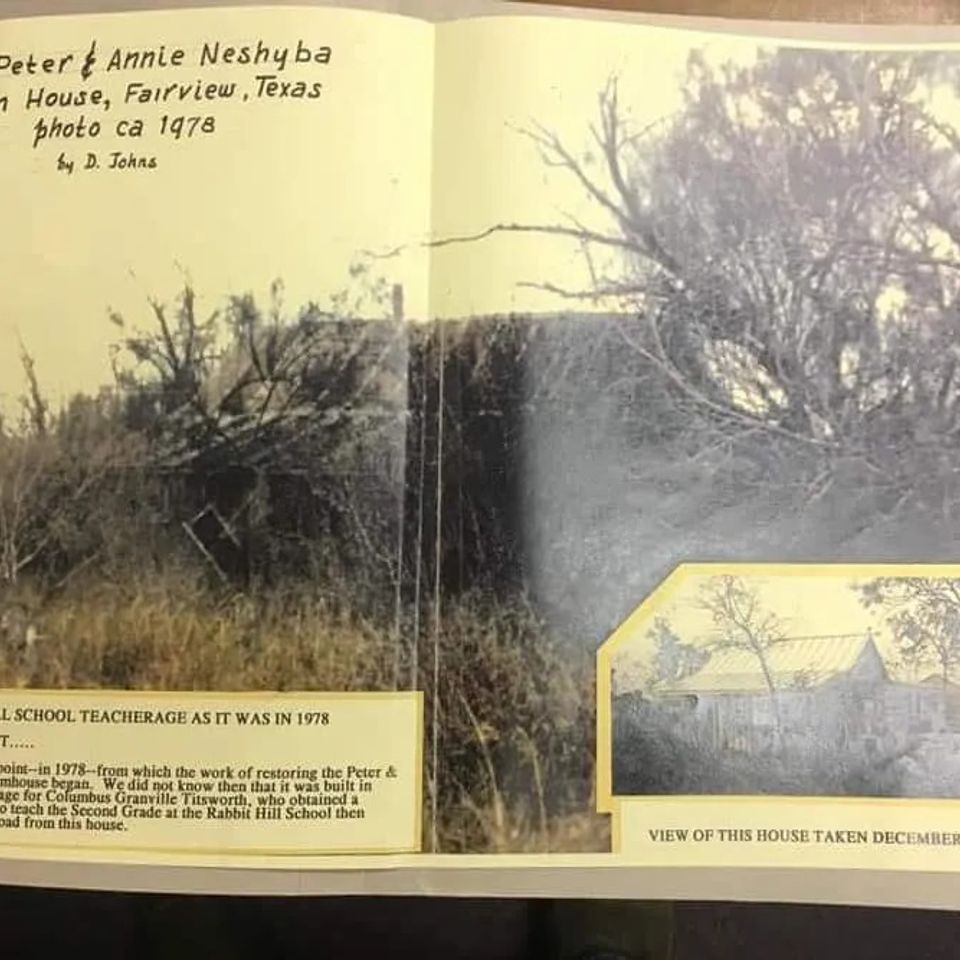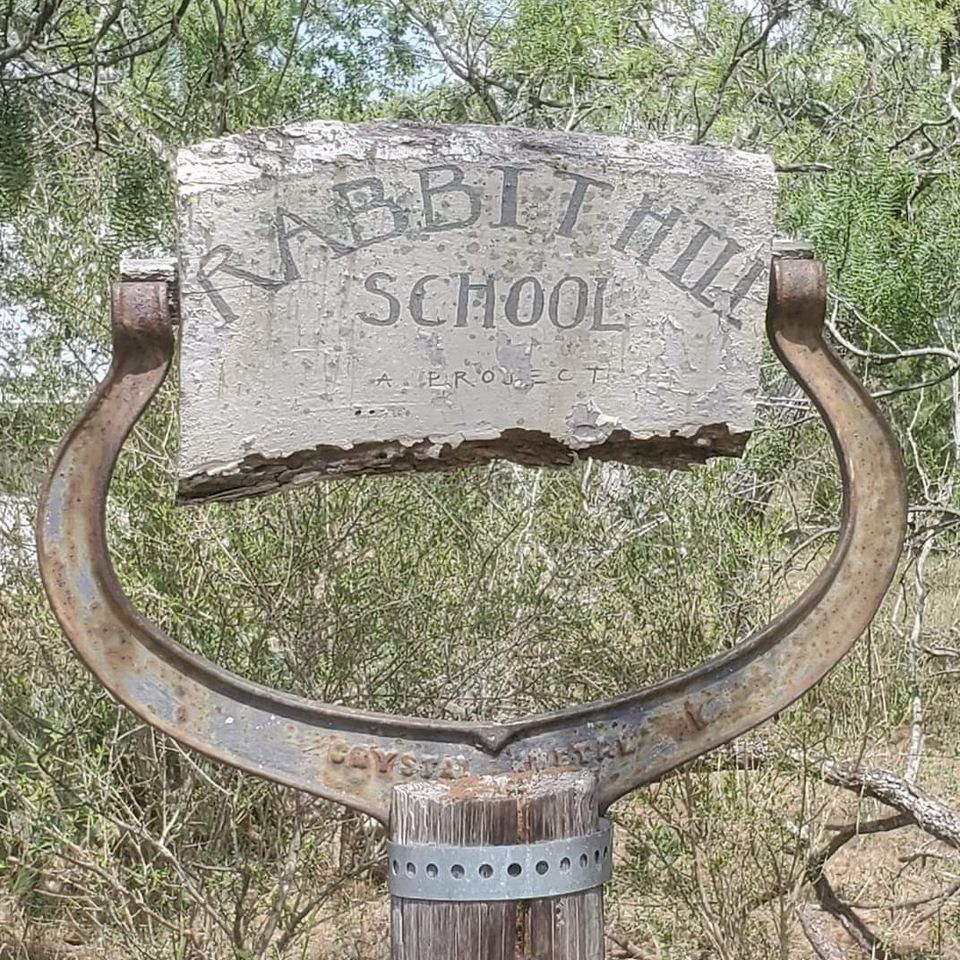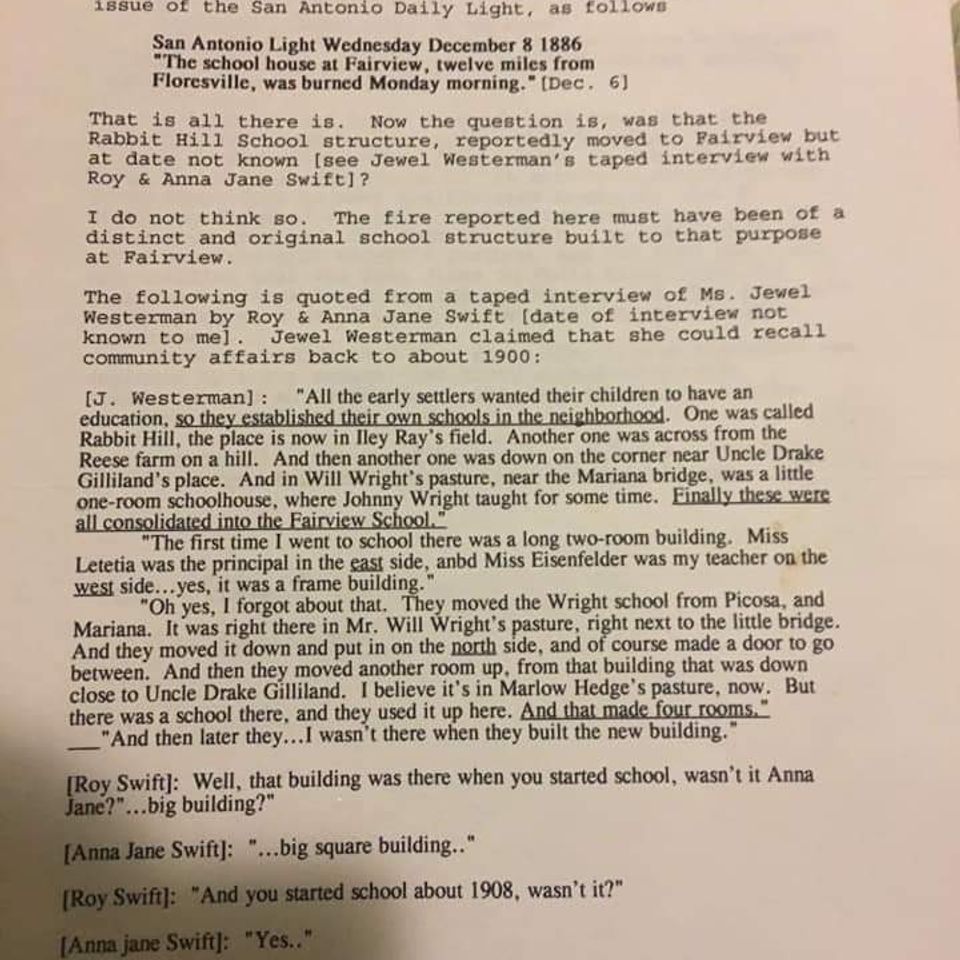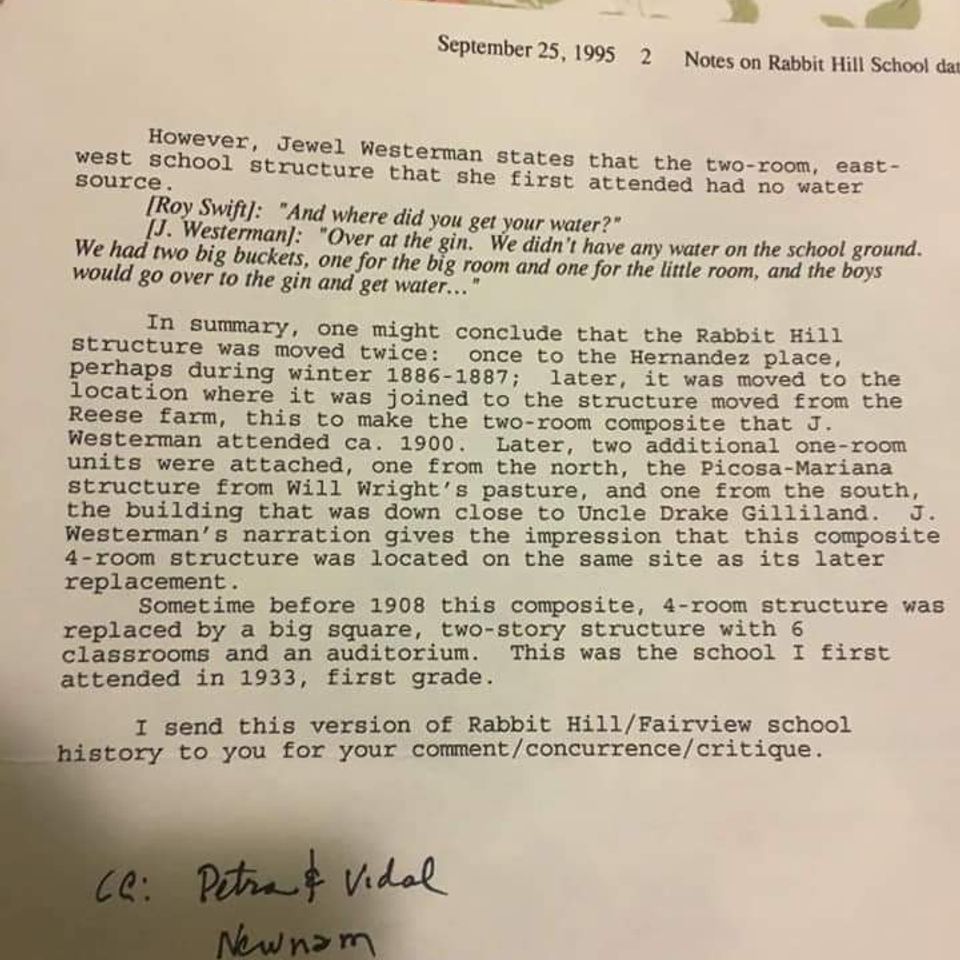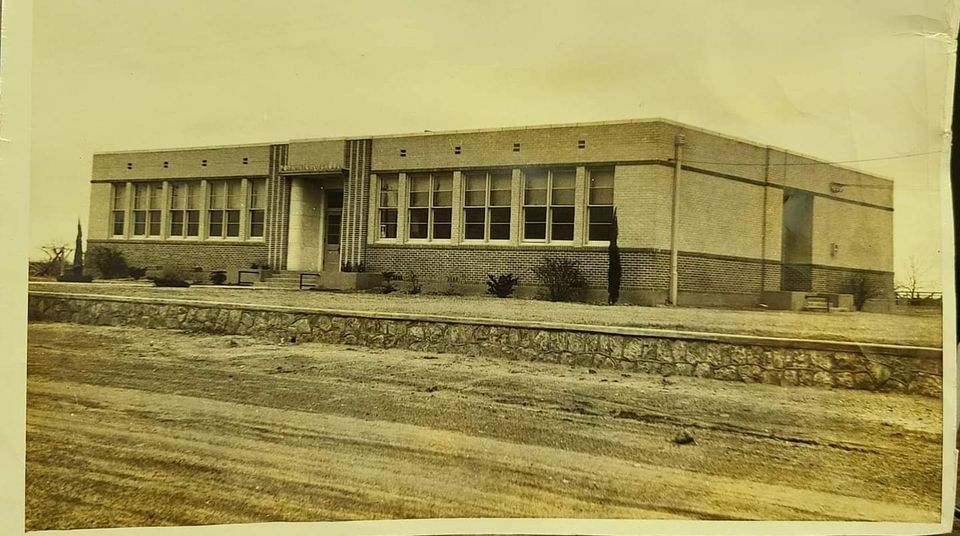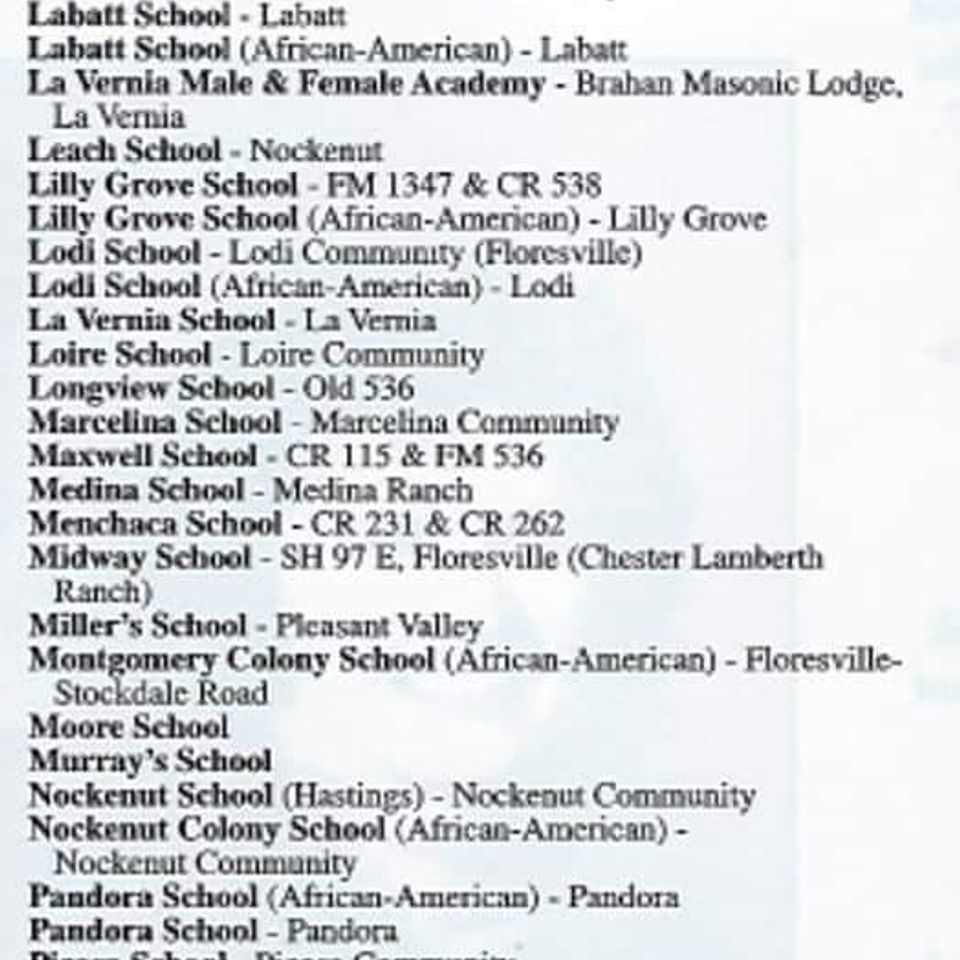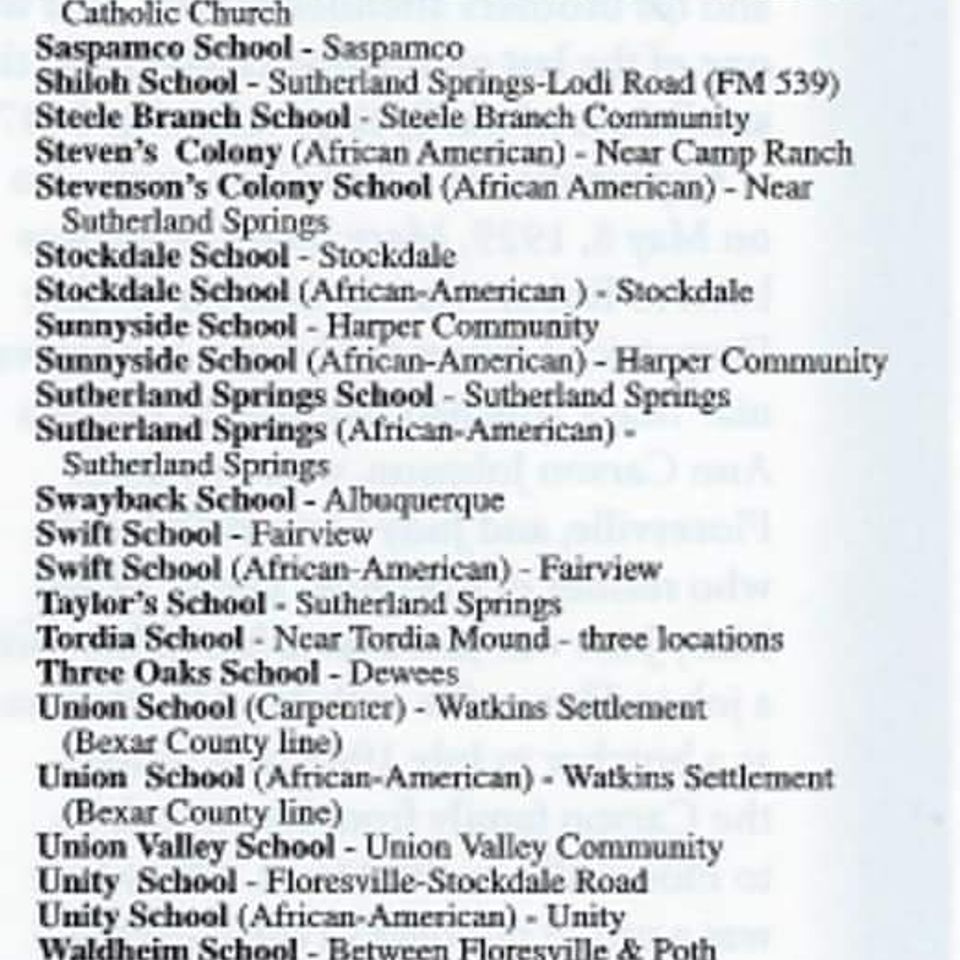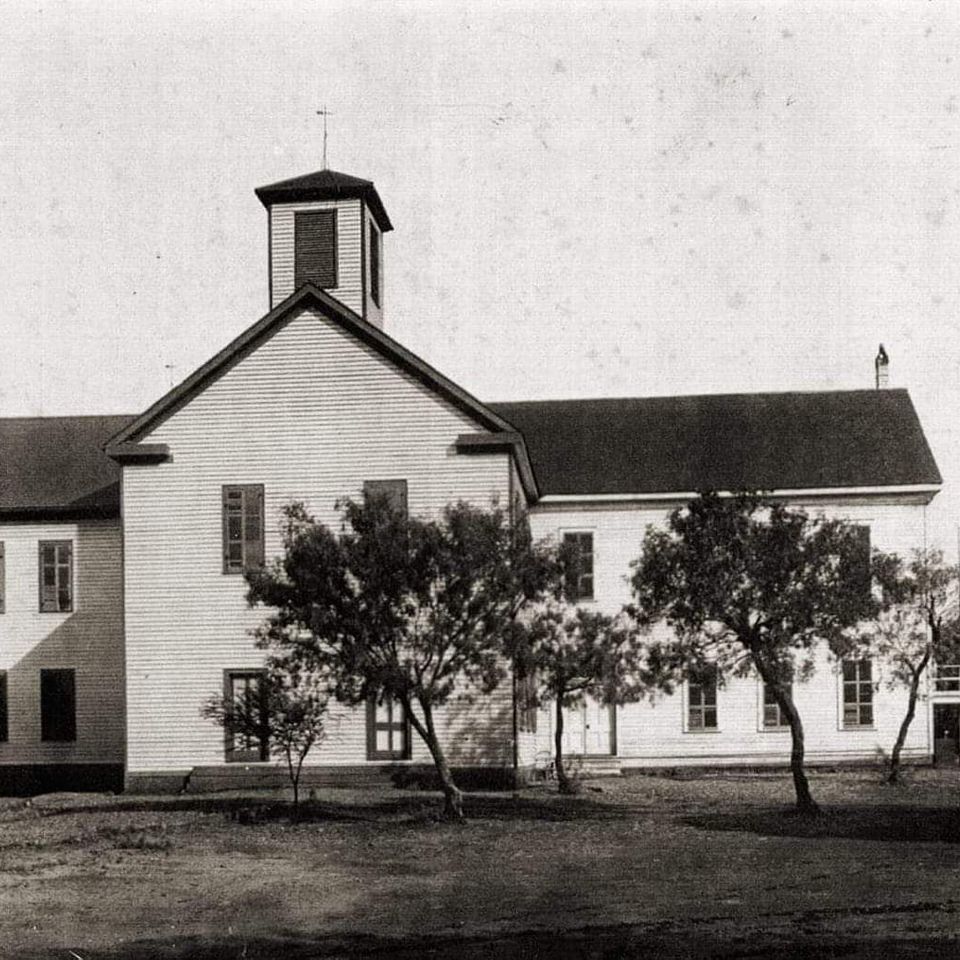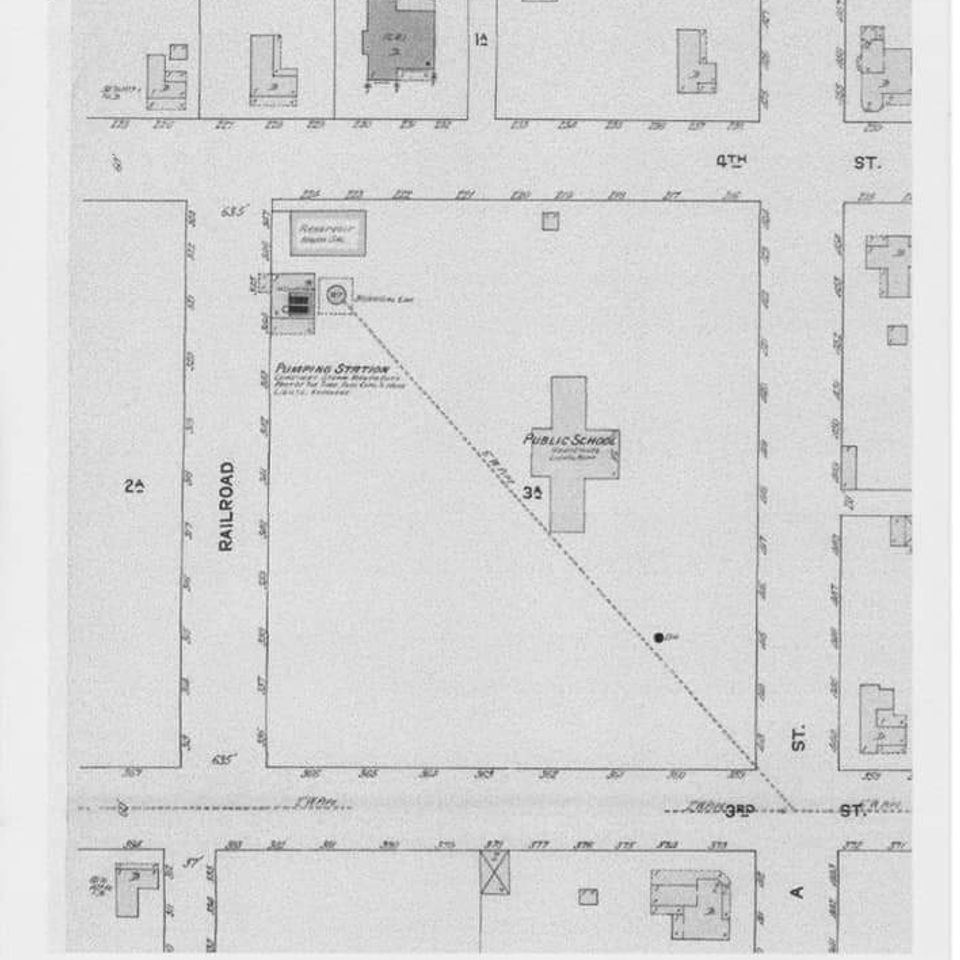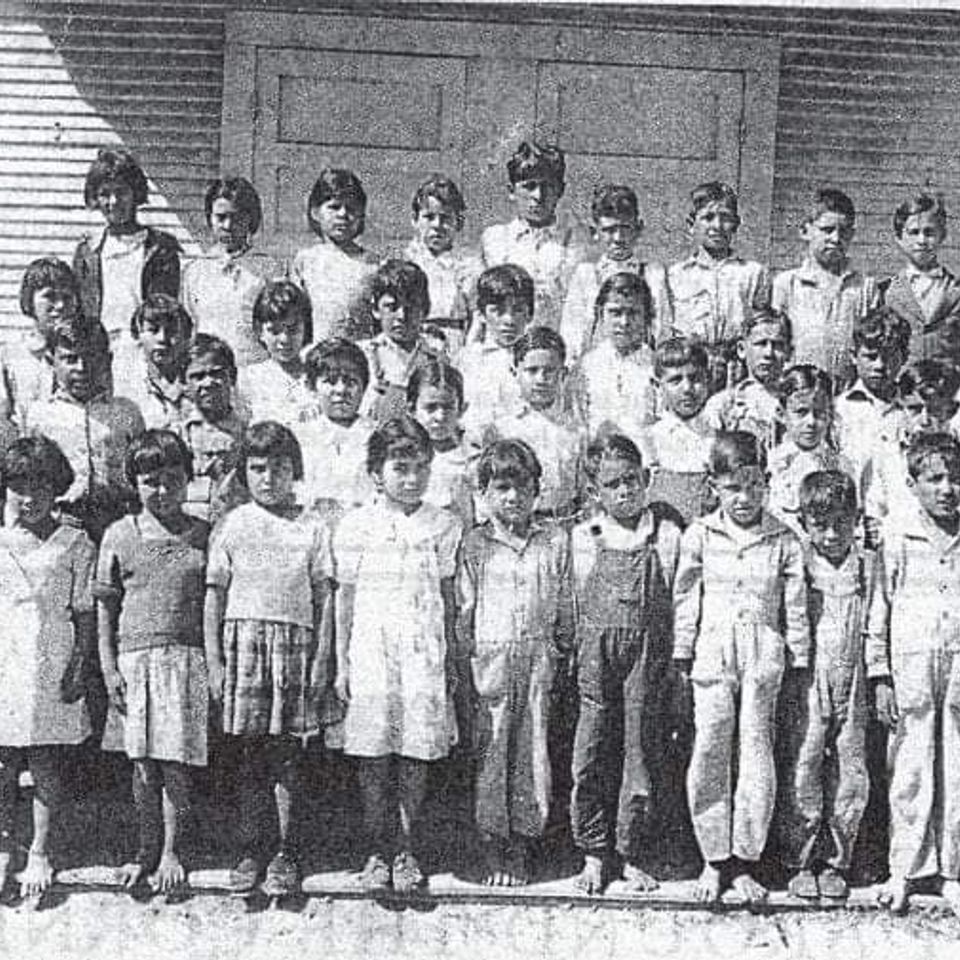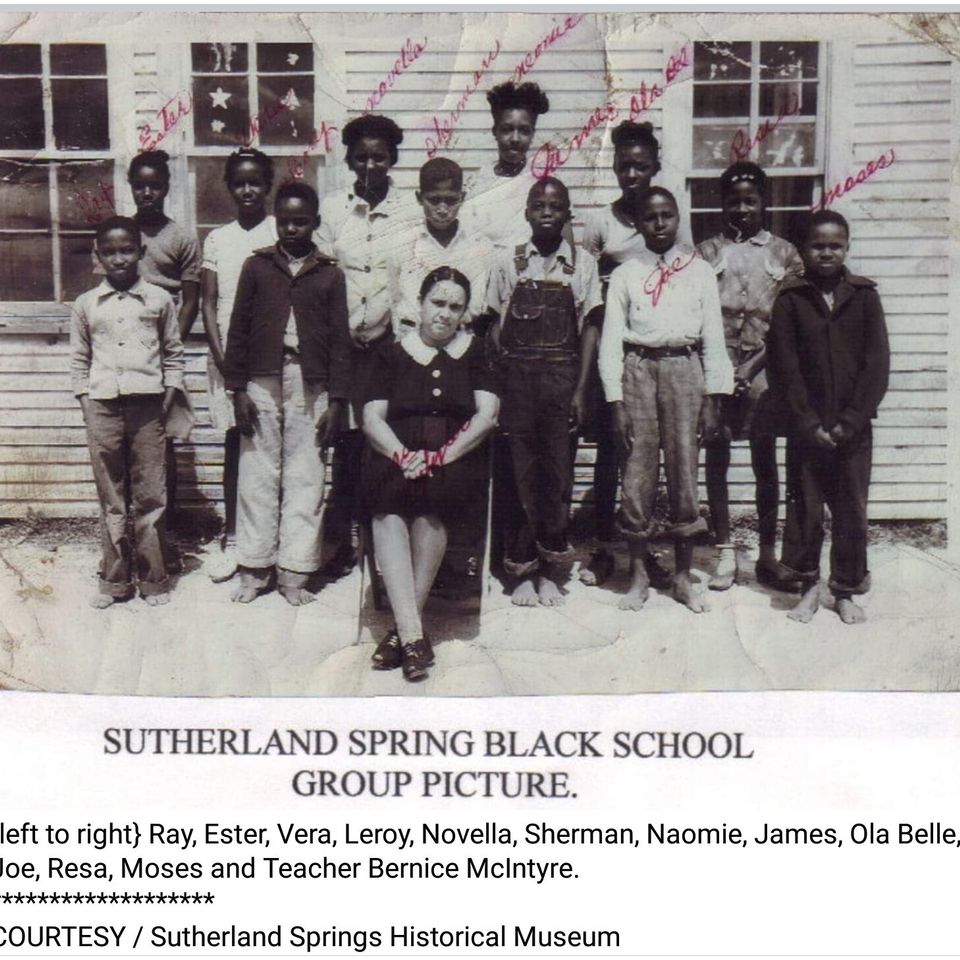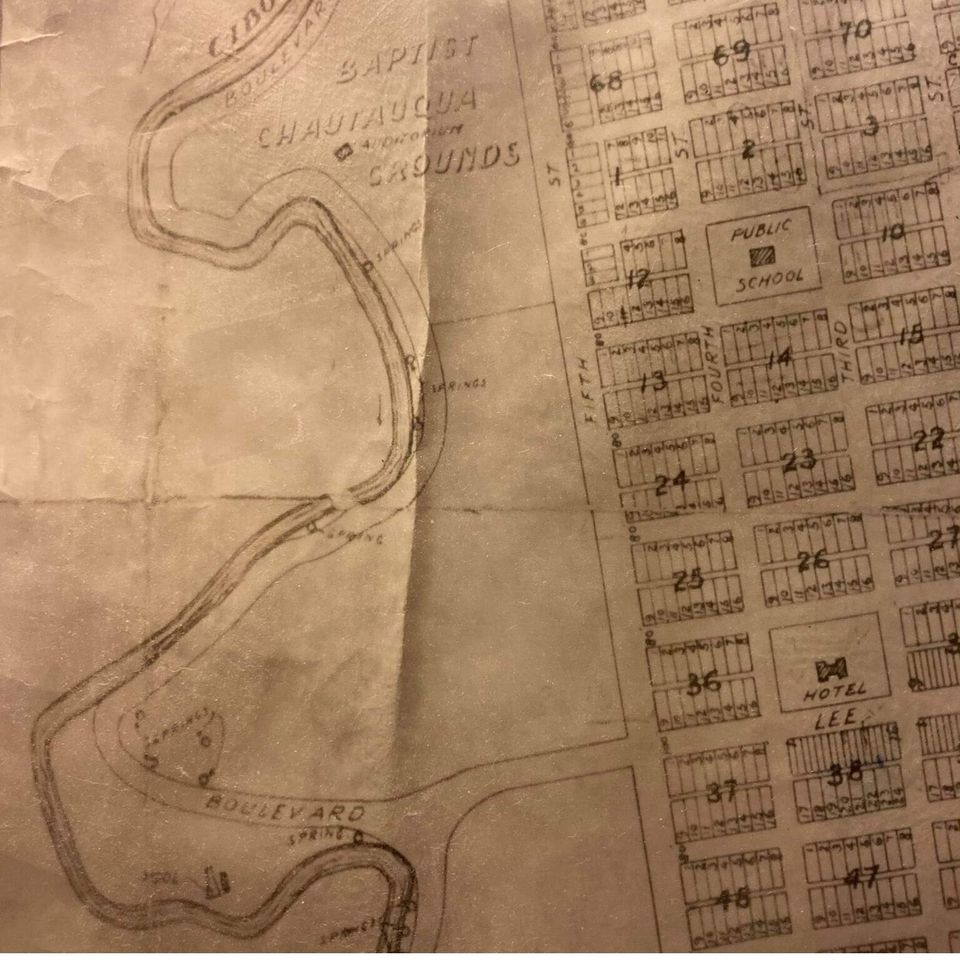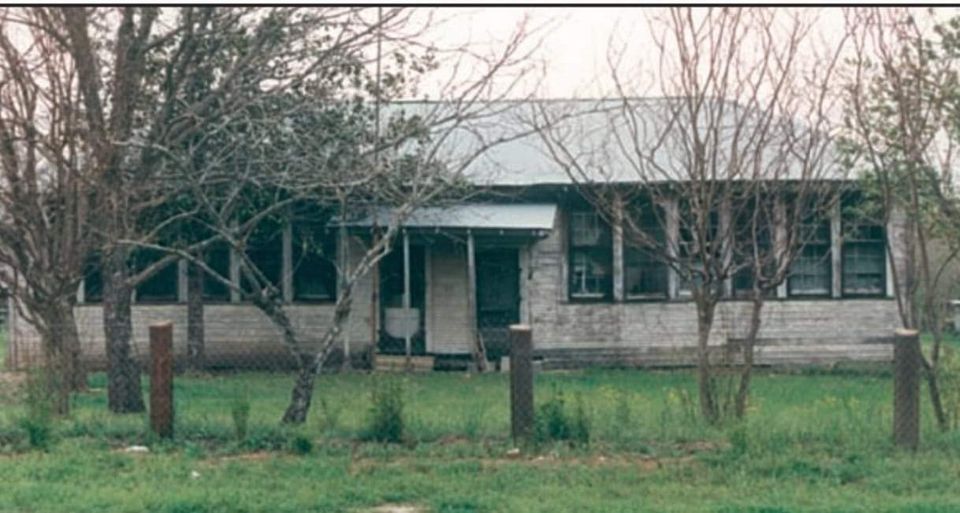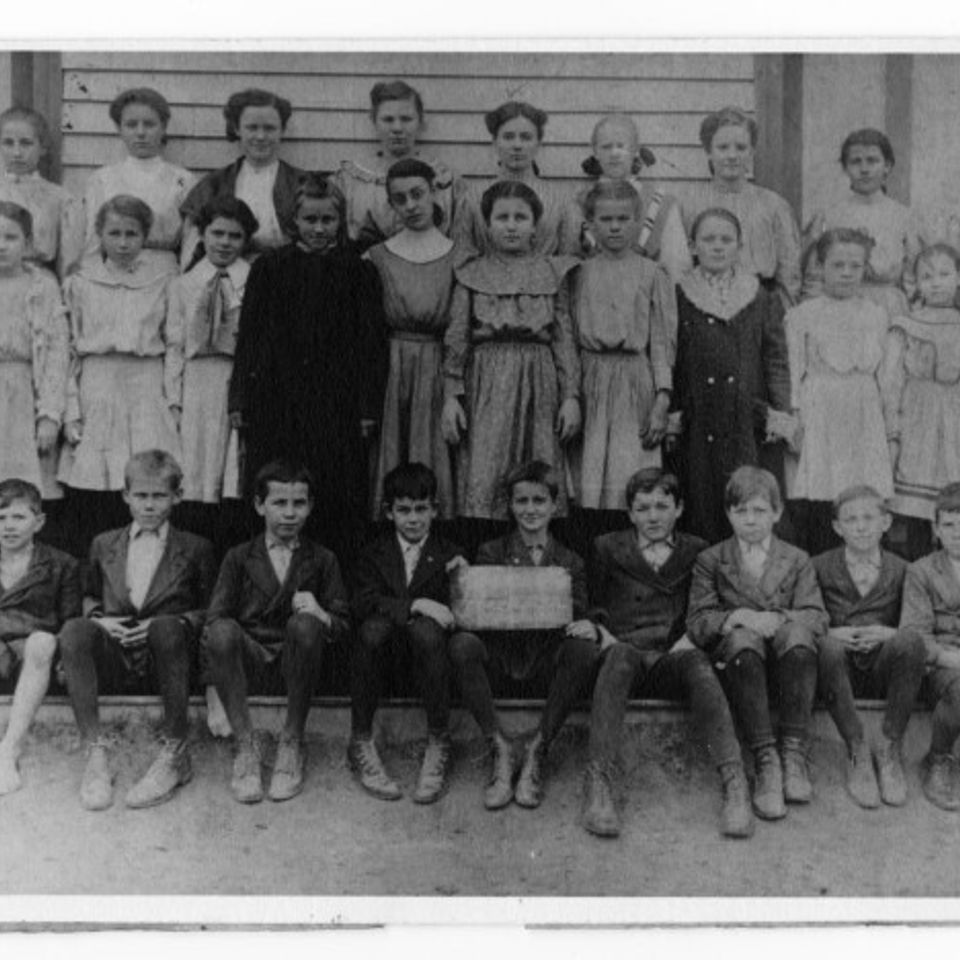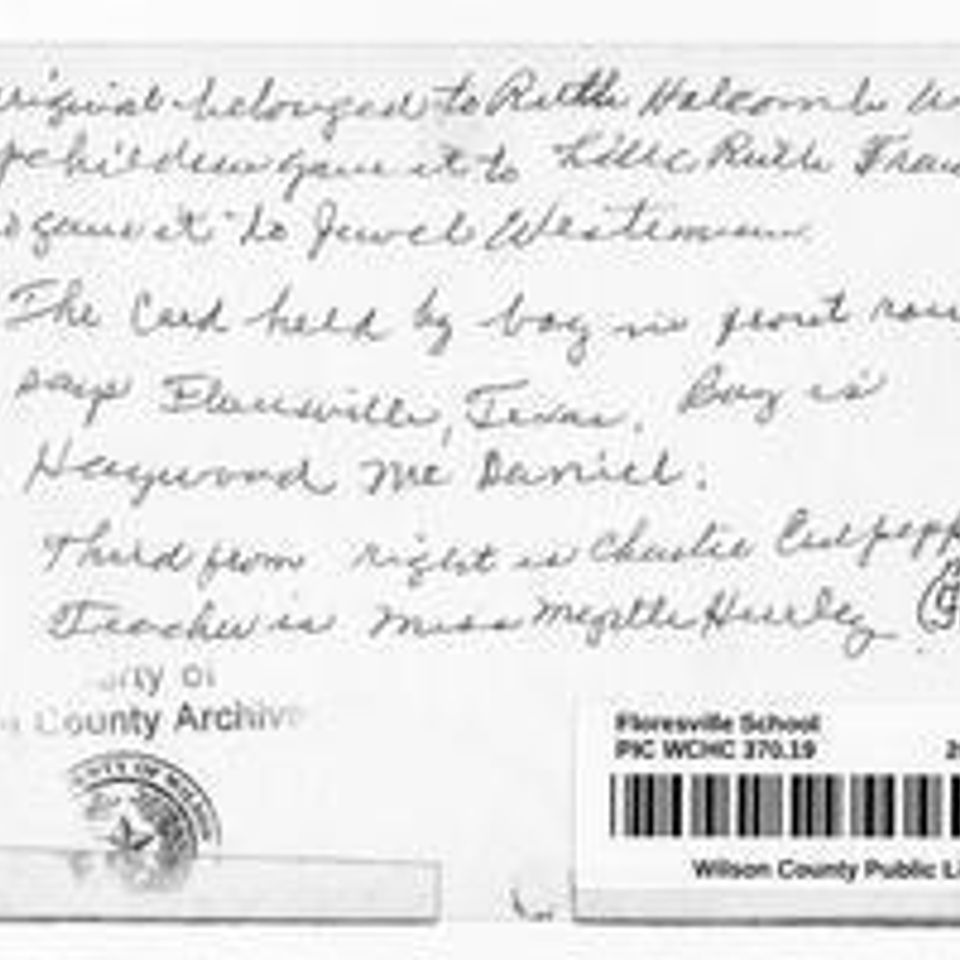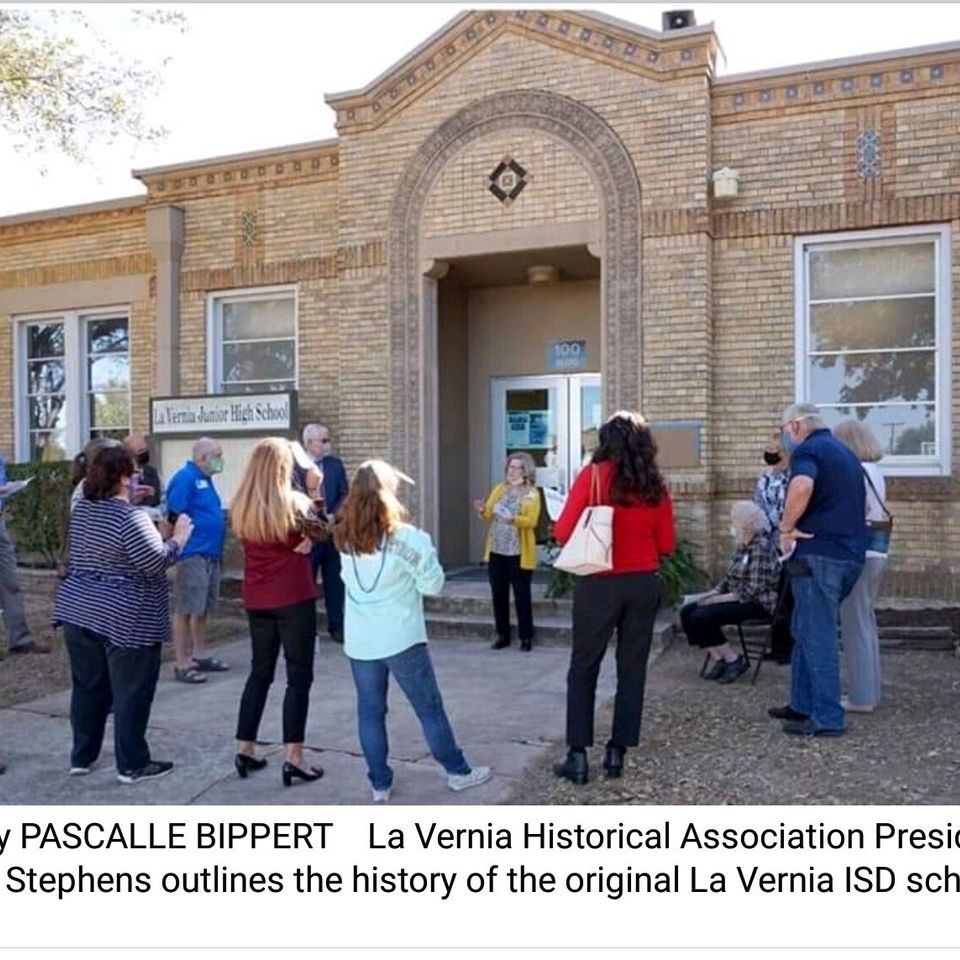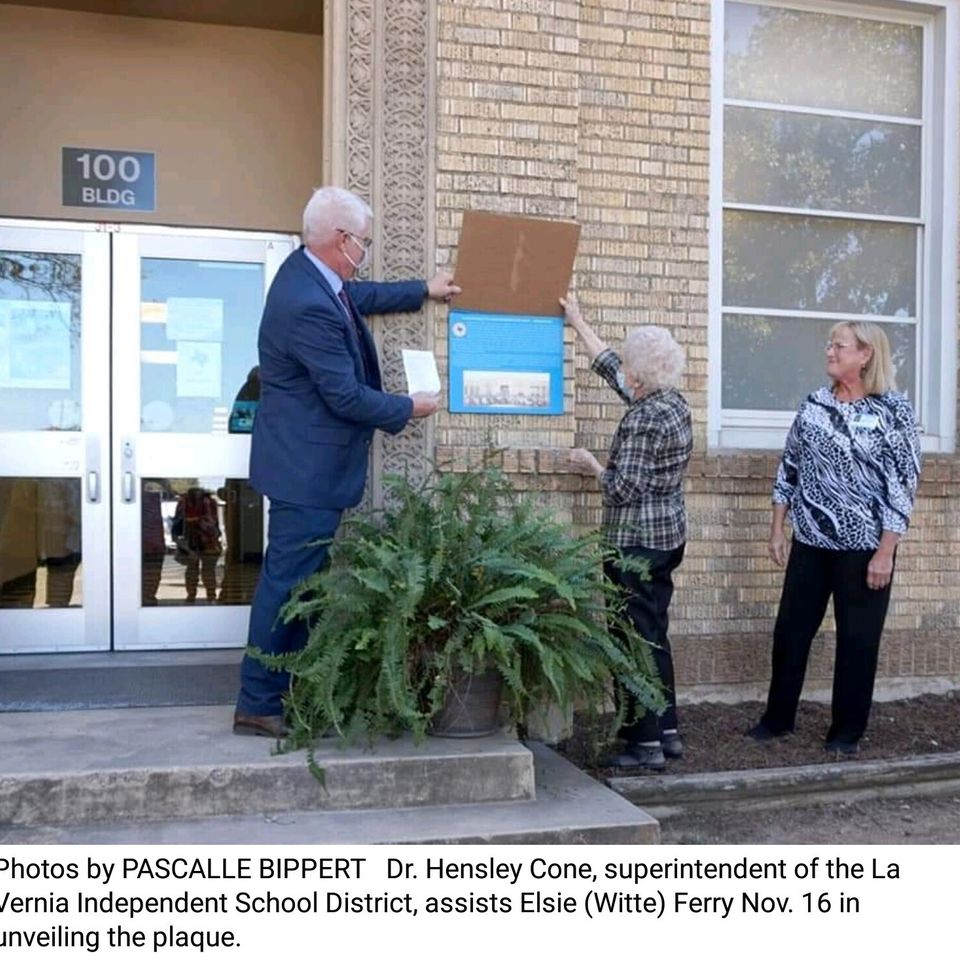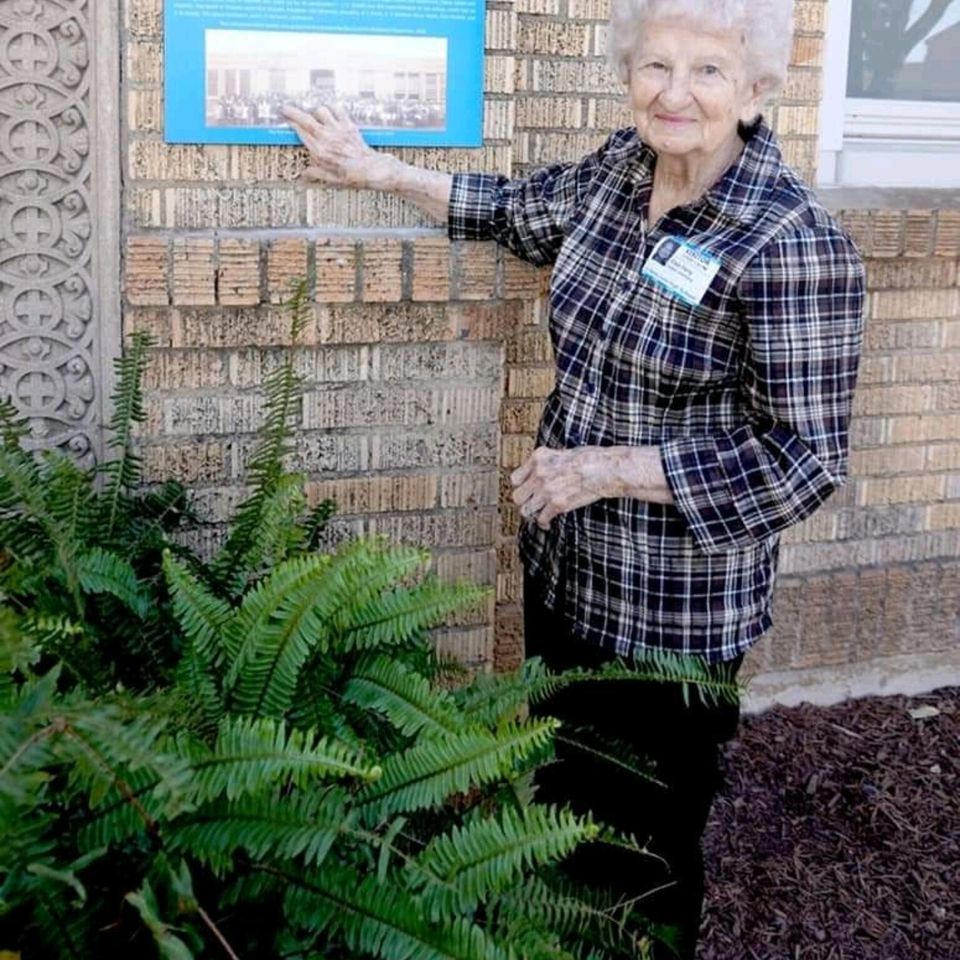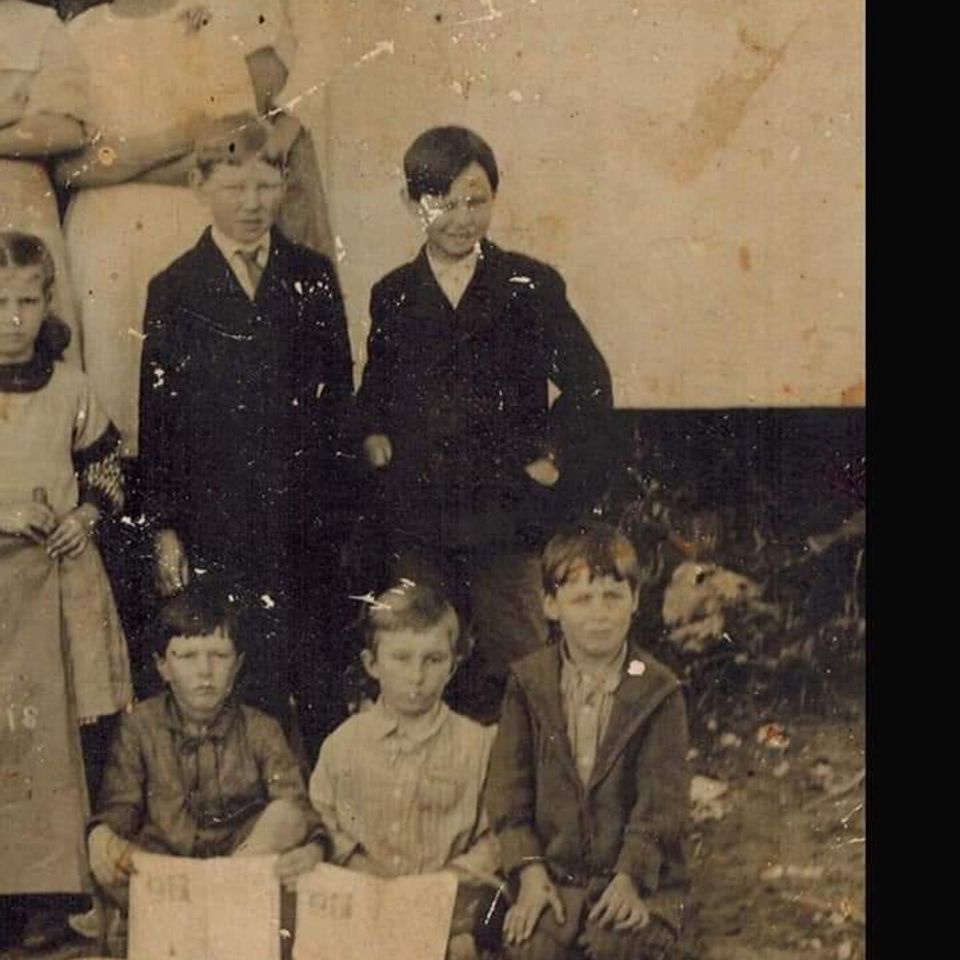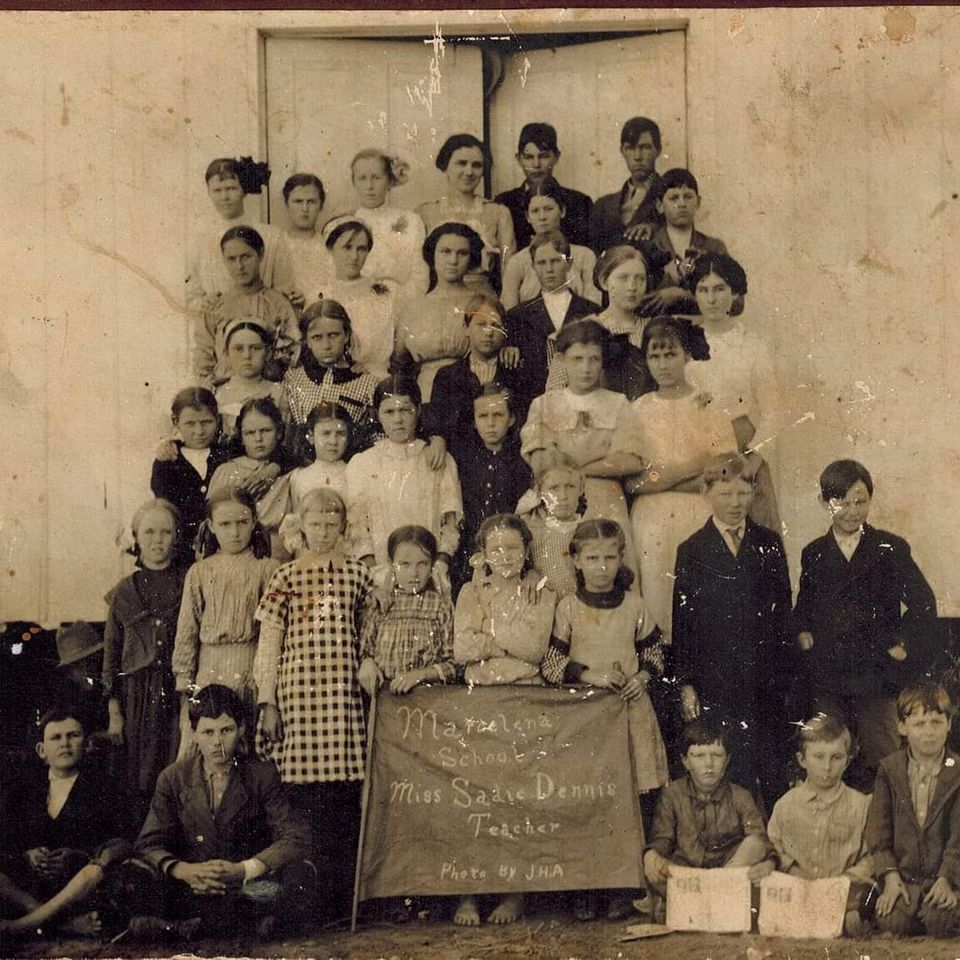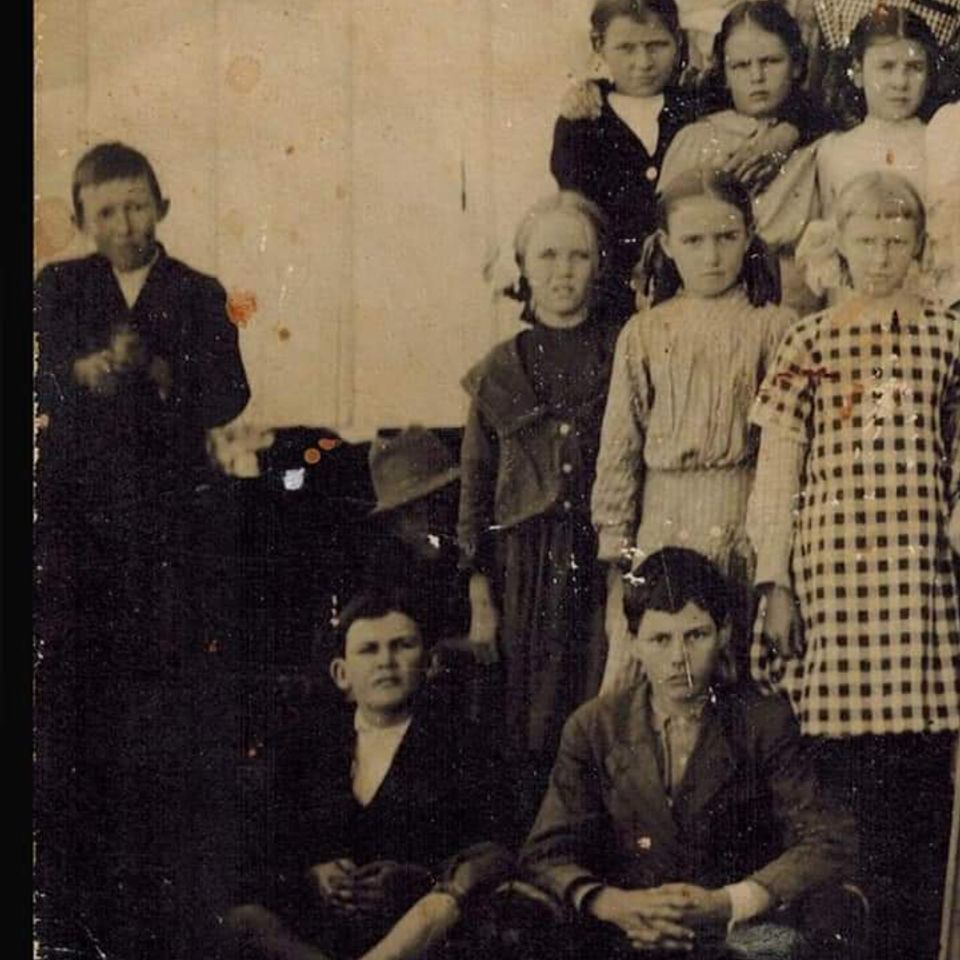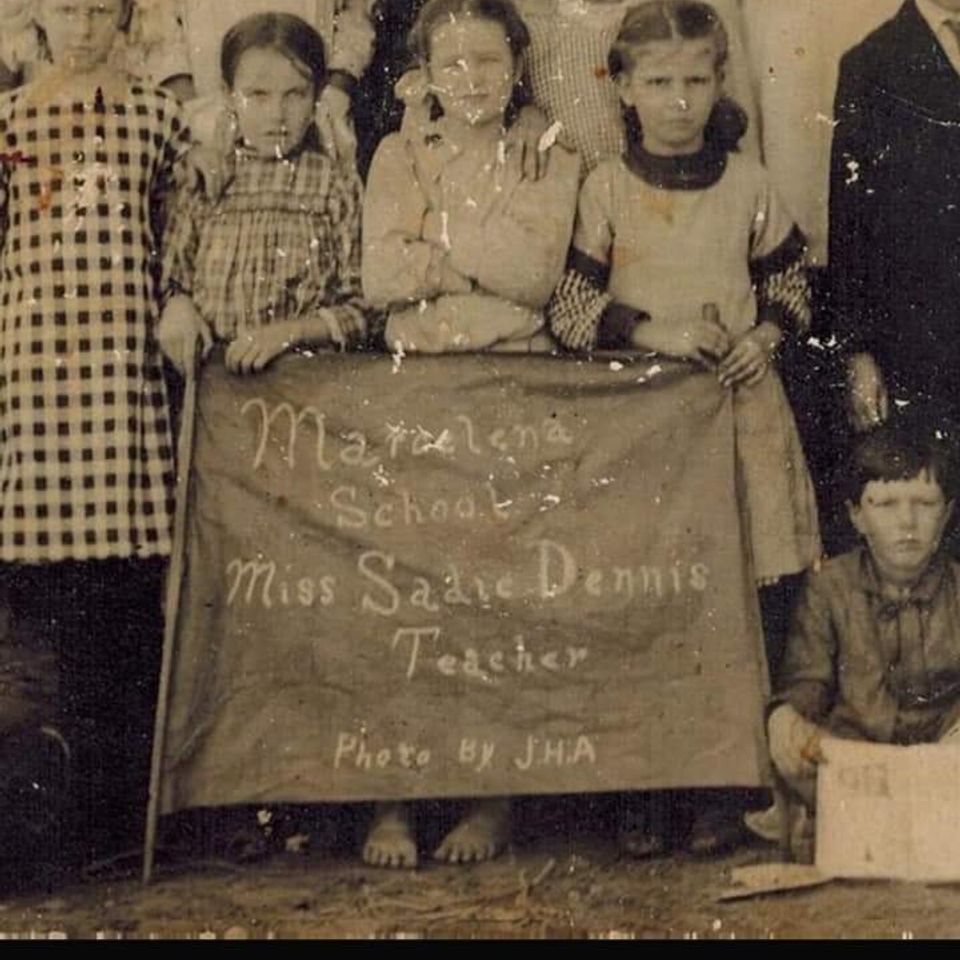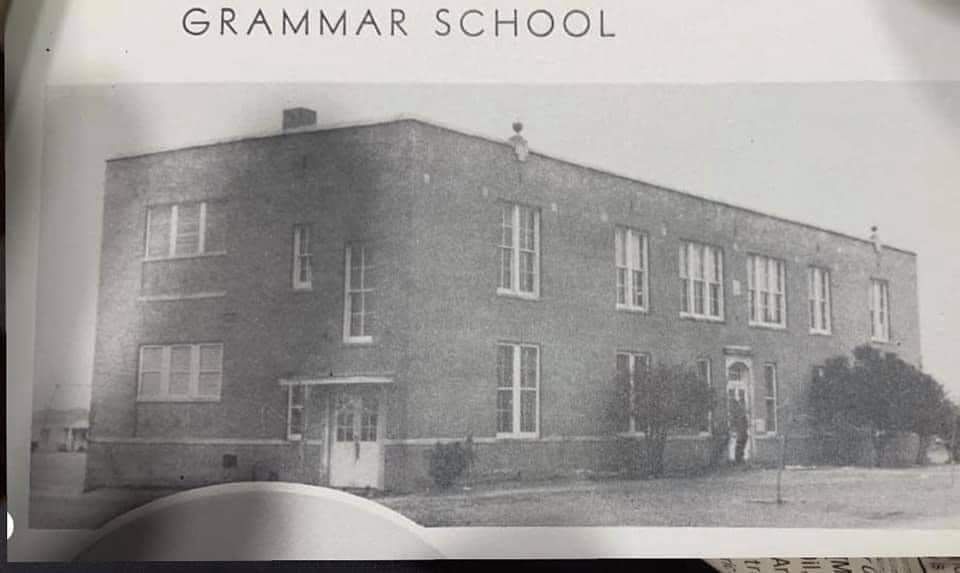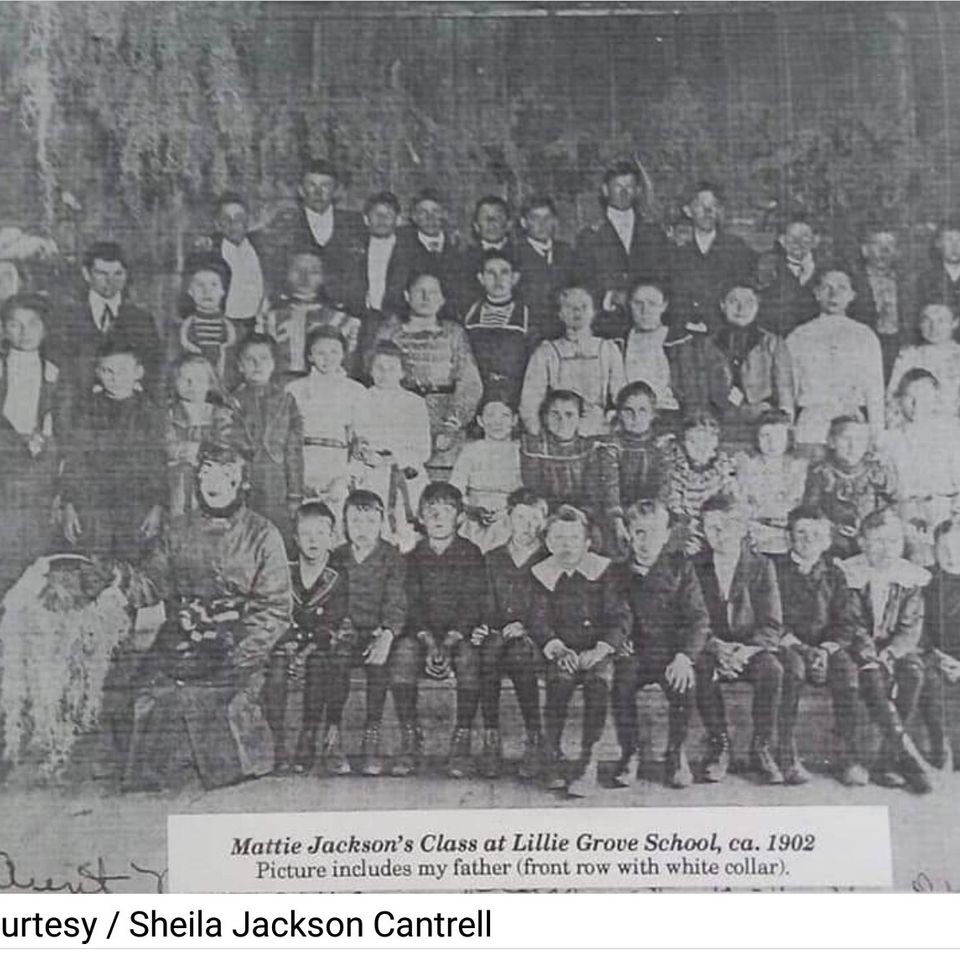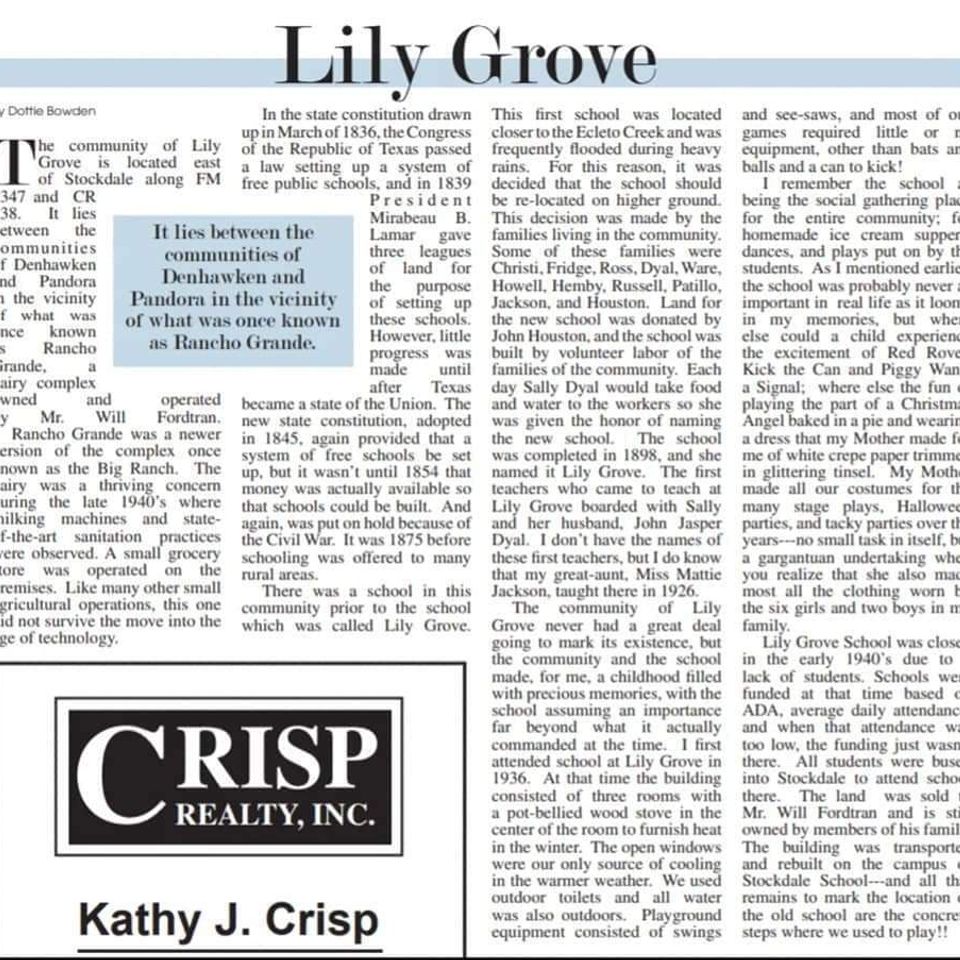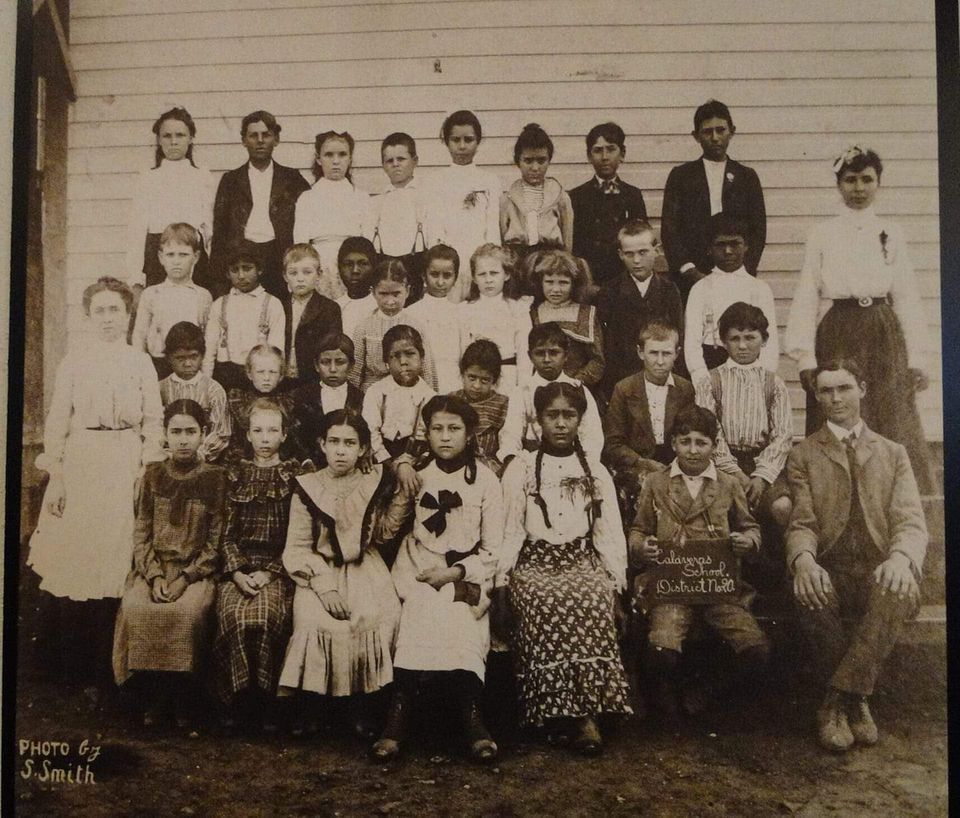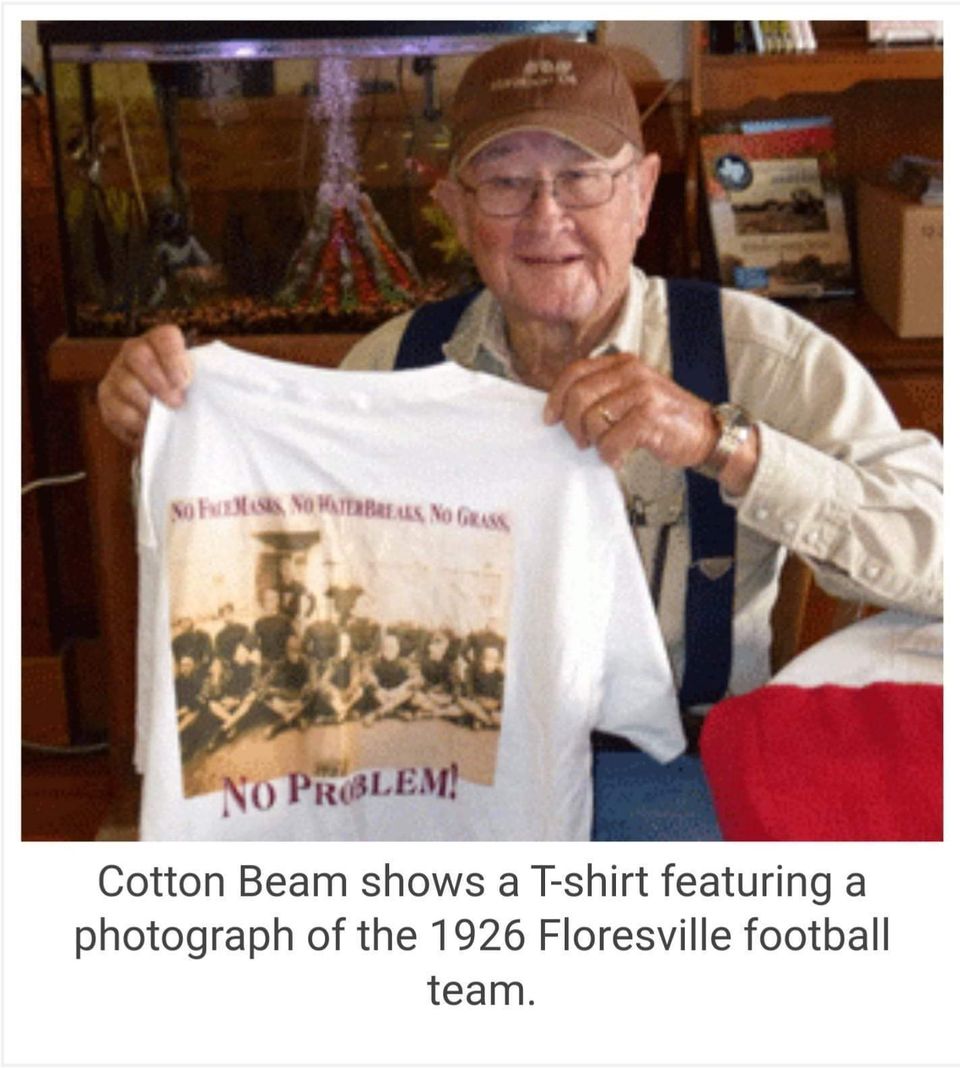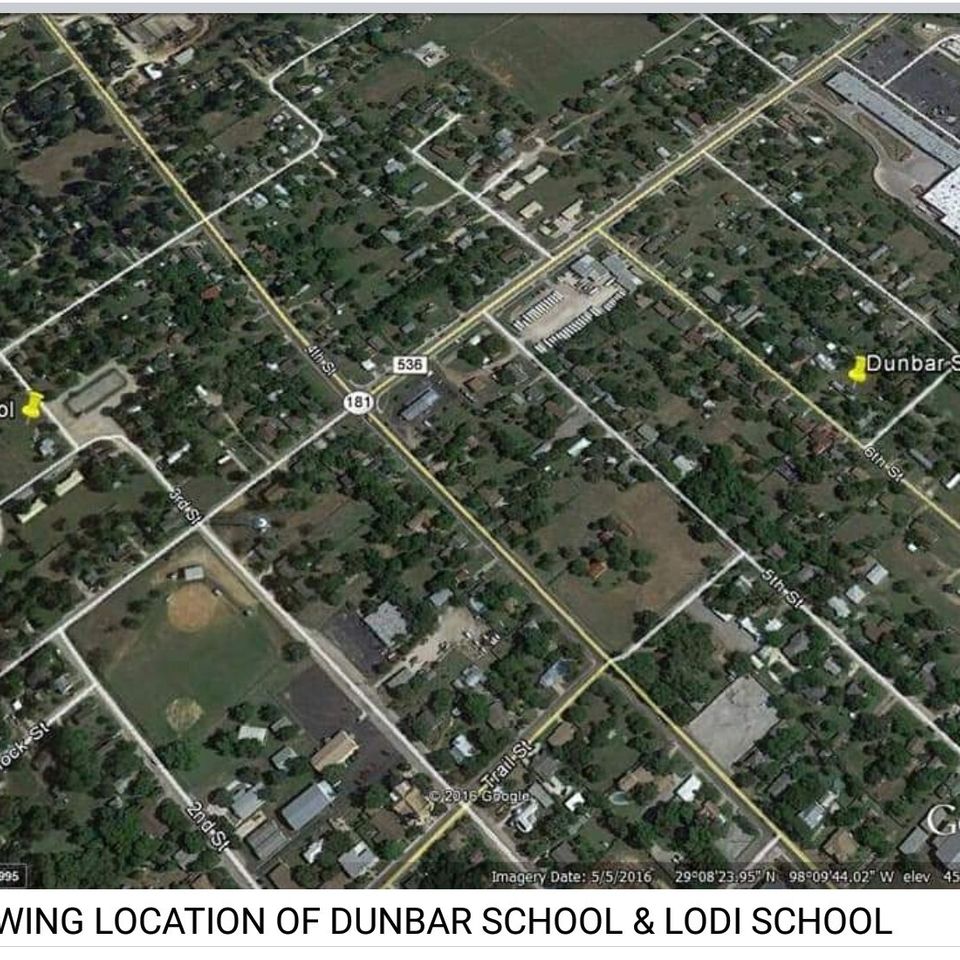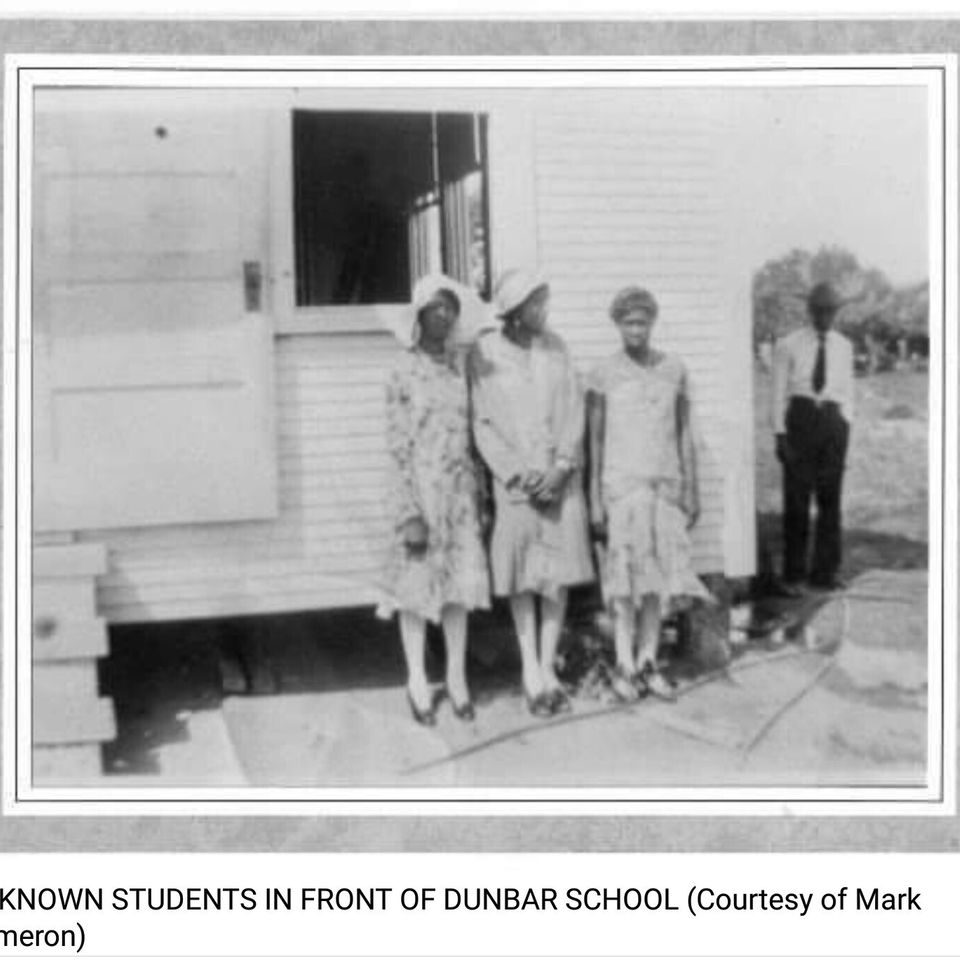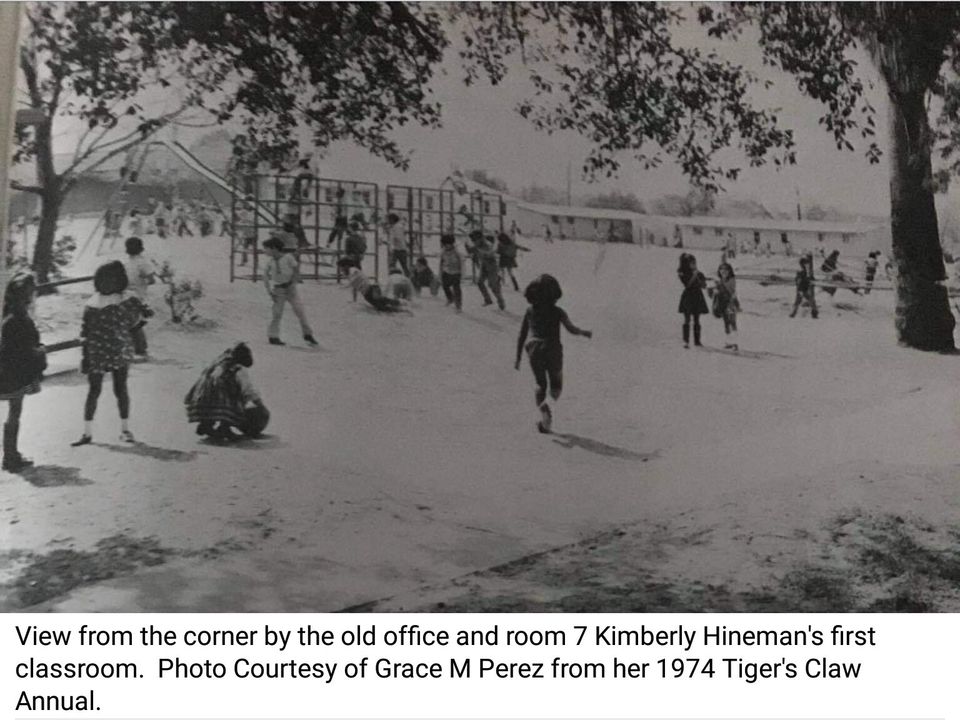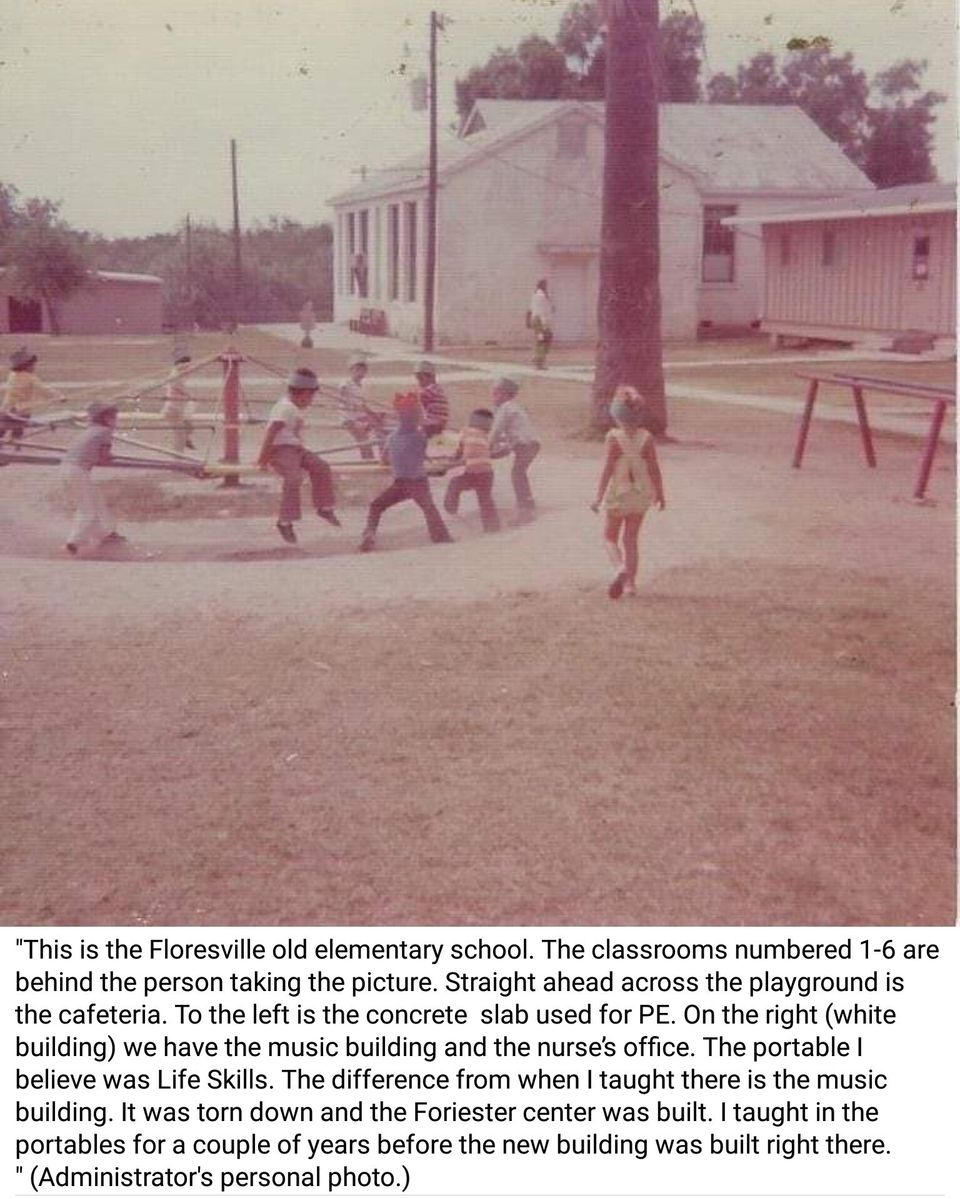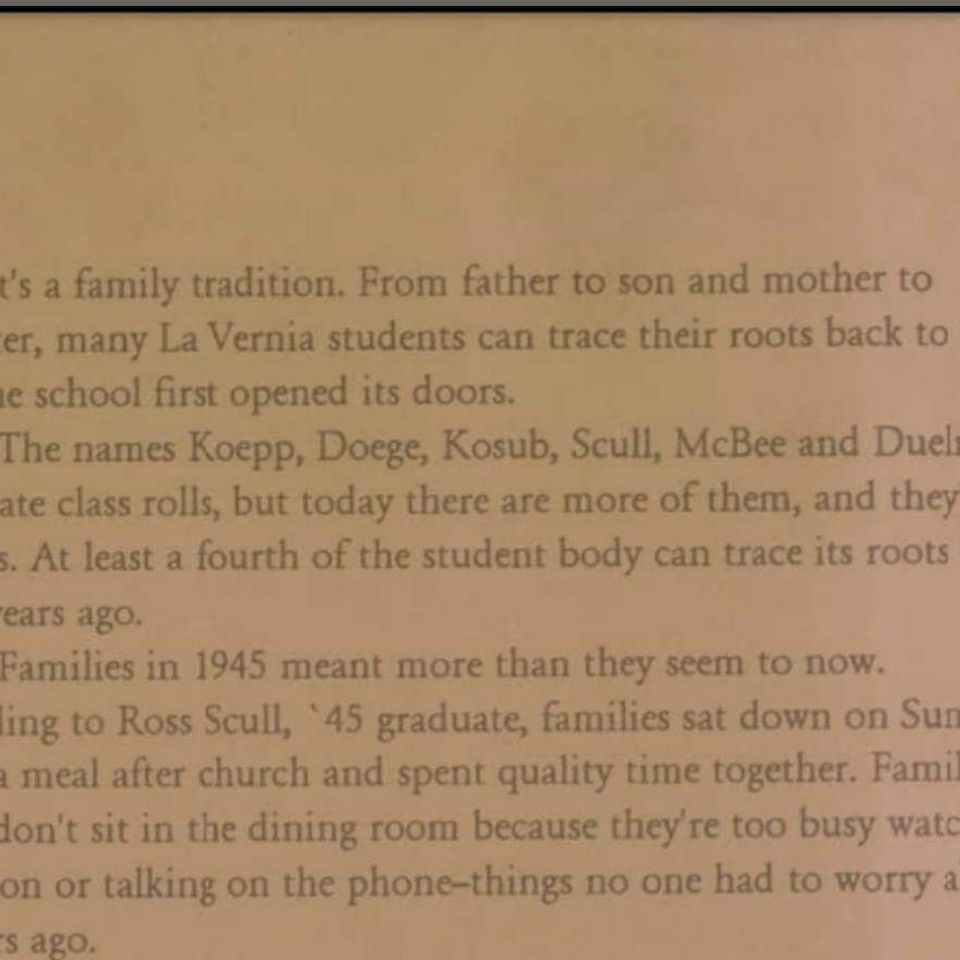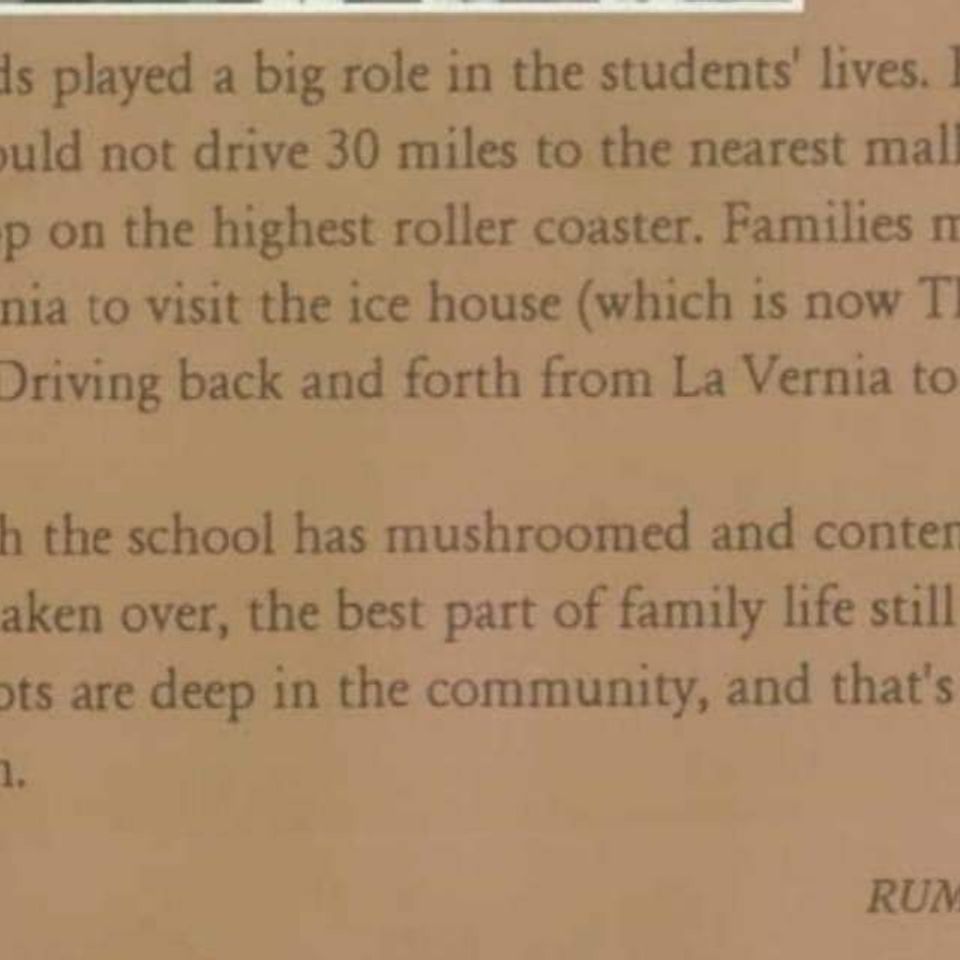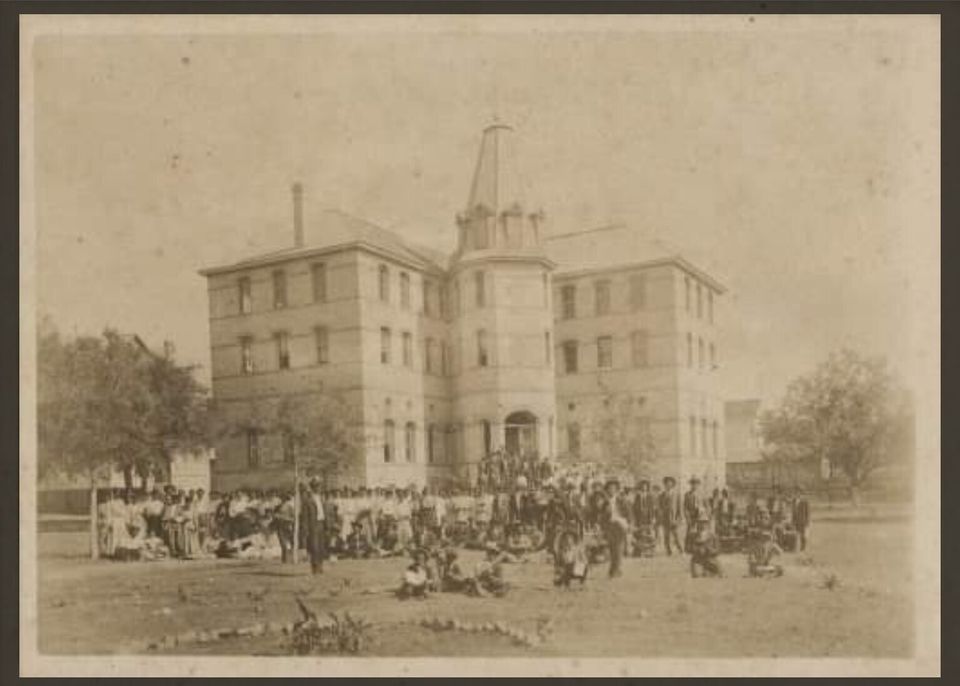... Kasper School opened in 1930, when Joseph Kasper gave a building on his farm for a school. It was located on the northwest corner of what are now FM 541 and FM2505. Back then they were narrow dirt roads, muddy when it rained, and hot and sandy when it did not.One of the first teachers at the school was a Miss Brannen who boarded with the Stoeltje family.
One of Joseph Kasper's grandchildren says he remembers seeing the building when he was young. The school was held in a building like a barn near a creek on the Kasper farm.
Before 1930, the children who lived in that area of Wilson County had to go to school at the Dewees, Borrego, Darilek or Three Oaks.
Gene Maekle says his father Leslie Maeckle went to school at Dewees, before Kasper School opened. It was a long ways to school and before there were automobiles they had to walk or use buggies or horses to go to school. And Dewees wasn't built until a couple years before, as was Three Oaks, so if they went to school at all before that, the children had to go to Borrego, both opening in the mid-1920's or even Green School or Picosa School at least 10 miles away, both opening around 1915.
A few years later the Kasper family sold the farm to the Martin family and it became known as the "Martin Place". Mr. Martin didn't want the school on his property, so that was when a new school was built about ¼ mile west on 541. It was a nice big L-shaped school with three rooms. Two of the larger rooms had a folding wall between so that the doors could open to be made into one large room.
There was also a nice home built by the school for the principal or teacher, which was called the "teacherage". For many years the school had one of the few telephones in the community. The teacher who lived next to the school would go all over the community to relay phone messages
like deaths in the family.
Election days were also an important event at Kasper School. Whether it was county, state or national elections, it was the time when all the men gathered at the school not only to vote, but later that night to socialize and wait to hear who won the races all over the county, state or nation. "waiting for the returns to come in", is what everyone said.
At school recess, games like Dare Base, Annie Over, Wolf Over the River, baseball, and volleyball on the hard packed earth. The smaller children played games like jacks, marbles, and
hopscotch.
At Christmas time Santa Claus came after the school program of the Christmas season for many families. The schoolhouse was packed that night and was the social event of the Christmas season. During the Depression when Santa came to the school at Christmas, they were the only gifts some children received.
Since that area had no community hall, church or grocery store, the there were dances held at the Kasper School. A small band played and the folding doors opened up into one big dance floor, and cornmeal put down to make it easy to dance. The farmers and ranchers came from all over the community; mothers, daddies, grandmas, grandpas, aunts and uncles, dancing the night away. The kids played outside, and then later went to sleep on quilts under the benches along the sides of the room.
The school had an underground cistern, which always seemed to have water in it. The children drew the water up in buckets and poured it into big water cooler on the back porch near the cistern, where the children had their tin cups hanging above it. There was no electricity until 1943, when the REA came through. The boys and girls outhouses were in the back of the property.
The school had a baseball team with boys and girls and they played other schools in that part of the county.
Up until 1947, the school had 12 grades and three teachers. Then the school was consolidated with Poth High School and the 10th, 11th, and 12th grades went by bus into Poth. That left 1st through 9th grade.
In 1948 Richard Wauson became the principal and he and his wife Lessie with their small son Richard Jr, moved into the teacherage by the school. Blondell Dunn became a teacher at Kasper later on and Richard and Blondell taught there until the school closed in 1955 and all the children went by bus to Poth.
Compiled by Lois Wauson for the Wilson County Historical Society 6/5/2011

